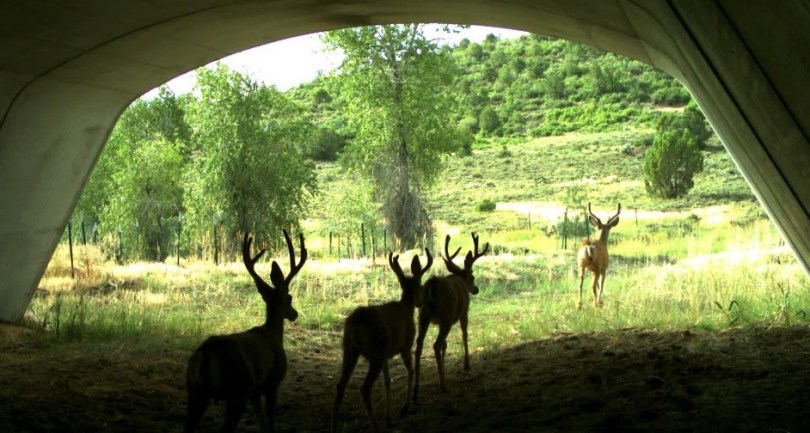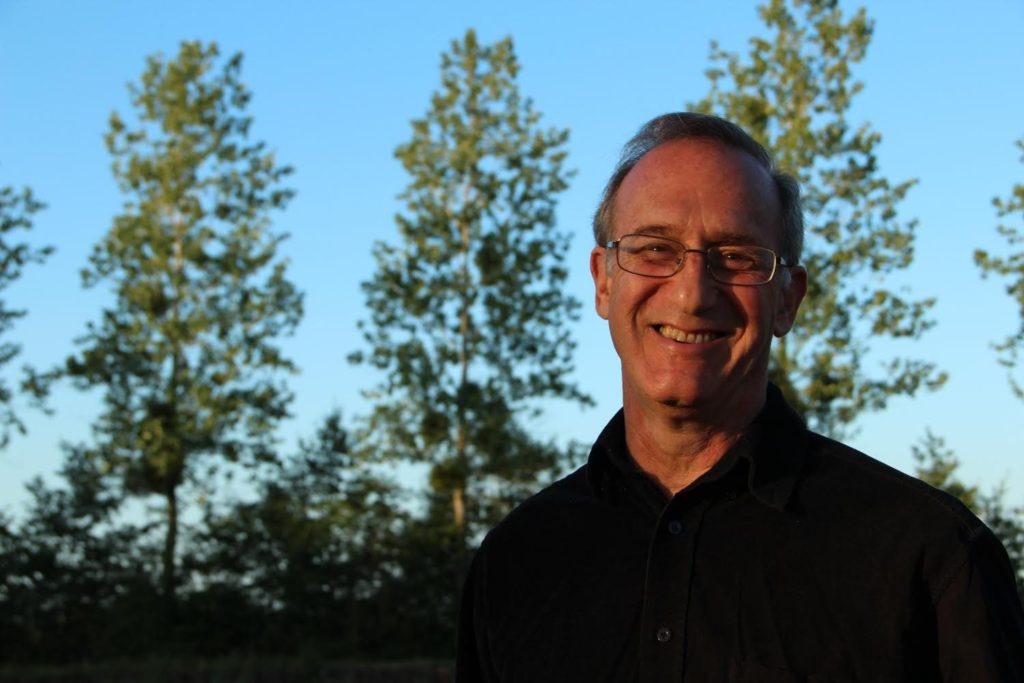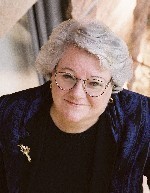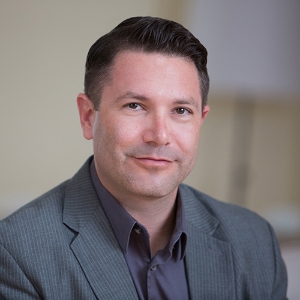
In 1898, The Bayer Co. commercialized their new pain reliever — a little off-the-shelf number called Heroin. At the time the opioid was considered a wonder drug. In 1996 Purdue Pharma started selling OxyContin. In 2016, the U.S. averaged 115 opioid overdose deaths a day.
We start with the opioid epidemic because it’s topical. It’s in the news and on our minds. It’s also but a single chapter of the broader substance use and abuse story. The opioid epidemic, as an illustrative case, can seem insurmountable. And drug abuse issues in general can produce similar thinking. Can anything be done, or are we helpless in the face of this massive problem? The Public Health and Environment Division in Broomfield, Colorado say something can be done.
The division is launching a Communities that Care (CTC) program to address youth substance abuse. CTC is a program of the Center for Communities that Care out of the University of Washington. “The CTC process begins with a youth survey to identify a community’s risks and strengths. Based on these data, CTC helps communities select and implement tested & effective prevention programs and policies. CTC also helps amplify programs already working.”
For Broomfield, the plan was to (1) convene a group of experts (steering committee) who work with youth and have some connection to youth substance abuse, (2) gather quantitative data and community input, (3) provide the steering committee with the data and input, and (4) have the steering committee make recommendations on what factors Broomfield should focus on.
The group, the steering committee, would be charged with recommending two to three factors for Broomfield to focus on, selected from CTC’s overall 32 factors. The factors a community selects help determine which strategies a community will employ to address youth substance abuse. Factors are separated into “protective factors” and “risk factors.” To oversimplify it, protective factors are proactive things that keep kids from getting into drugs, while risk factors are the types of events and influences that can lead a kid to getting into drugs. Which to focus on? Which will have the most effectiveness? Which is most influential in Broomfield? Answering those questions were the charge of the steering committee.
Gathering community input sought to get an on-the-ground understanding of drugs and kids in Broomfield. This is where CDR came in.
CDR had two jobs on this effort – collect the community input by conducting a series of interviews and help the steering committee make a consensus decision.
But why all the trouble? Broomfield had the authority to make a decision on which factors and strategies to select. Alison Long, Director of Health Promotions at Broomfield Public Health and Environment, said, “It is challenging to work with a group of residents from different disciplines and perspectives to come up with recommendations on how to address the complex problem of youth substance abuse. But when the coalition was able to reach consensus based on community input, we gained buy-in and support for our goals that would have been more difficult working as an individual organization.”
She spoiled the endgame there a little. But, she’s right. First, the steering committee passed a consensus-based recommendation to Broomfield. They recommended Broomfield focus on (1) School and Community Opportunities for Prosocial Involvement (Protective Factor) and (2) Early and Persistent Anti-Social Behavior (Risk Factor). And, the work of obtaining community input from schools, police, health care providers, youth who were former users, parents of kids with addiction, and other nonprofits created a big team, who’s invested in this issue; who wants to collaborate to make meaningful change on the issue; and who bring unique knowledge, resources, and ideas to addressing the issue. That’s to say, by getting community input, Broomfield not only got key information. They also got partners.
In the end, Broomfield is taking on a massive challenge, using tested strategies to do so, tailoring it to meet Broomfield’s unique needs, and founding it – using CDR’s help – on community partnership.
To learn more about CDR’s public health work or community assessments and data analysis write Taber Ward (tward@mediate.org) or Jeffrey Range (jrange@mediate.org).






